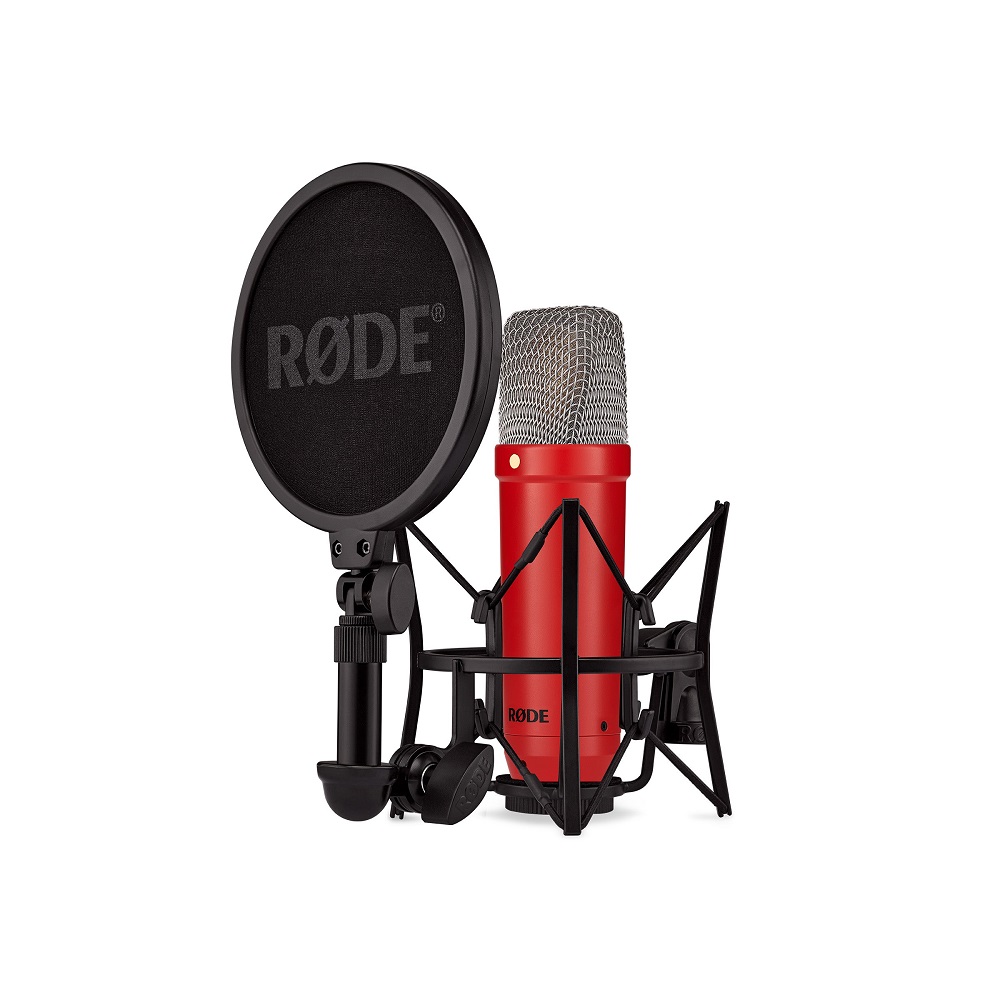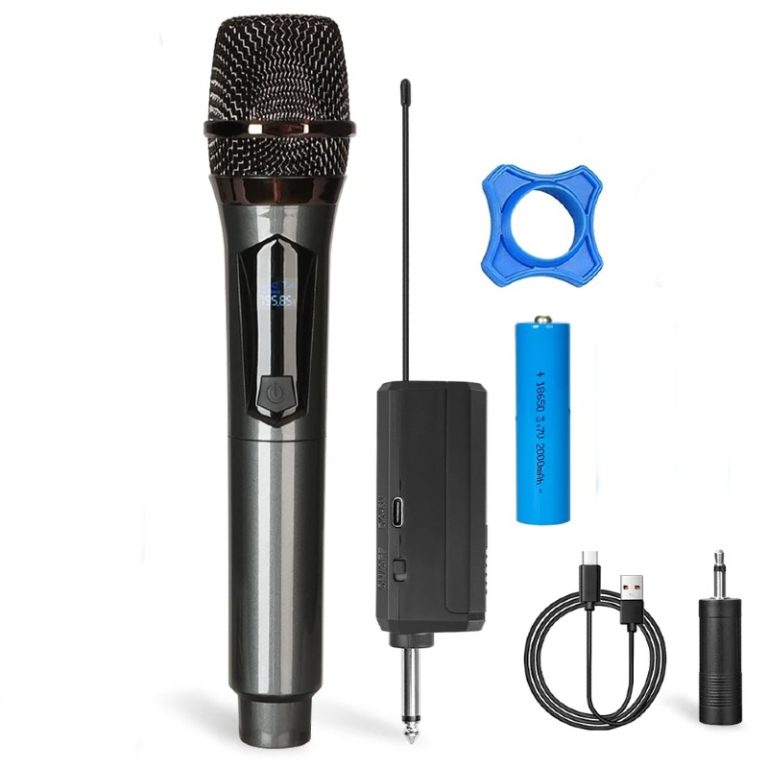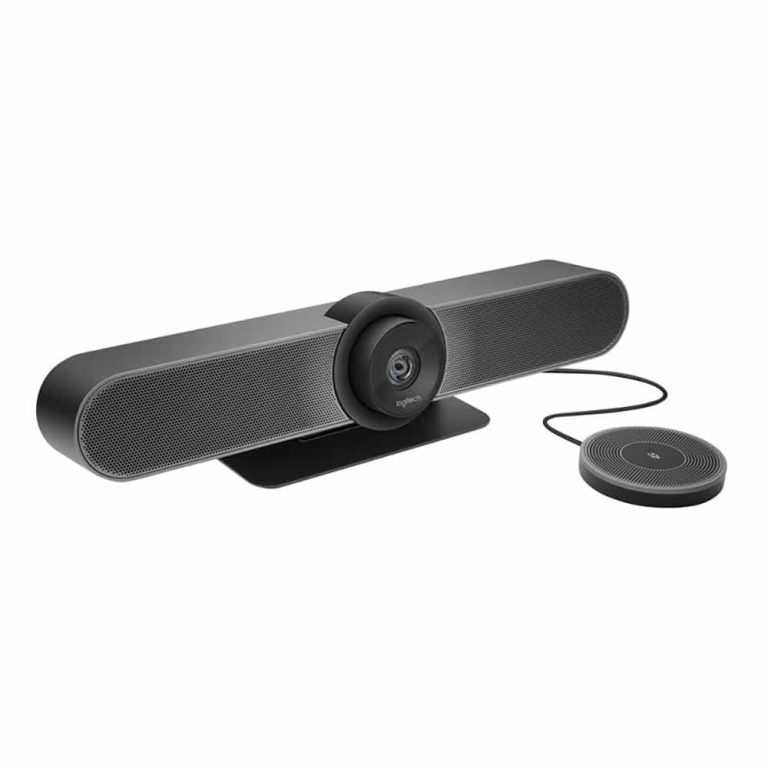Choosing the right microphone can make all the difference in your recording projects. Whether you’re a musician, podcaster, or content creator, a quality microphone captures sound with clarity, depth, and detail. This guide explores some of the best recording microphones available on the market today. We’ll review various models, discuss their features, and provide recommendations for different use cases. By the end, you’ll have a better understanding of what to look for and which microphone suits your needs best.
Understanding Microphone Types
Dynamic Microphones
Dynamic microphones are widely popular for live performances and studio recording. They use a diaphragm attached to a coil set within a magnetic field. When sound waves hit the diaphragm, it moves, producing an electrical signal. Dynamic microphones are known for their durability and ability to handle high sound pressure levels without distortion. This makes them ideal for capturing loud instruments, such as drums or guitar amplifiers.
One of the significant advantages of dynamic microphones is that they do not require external power sources, making them easy to use. They are excellent at rejecting background noise and capturing sound from a specific source, making them suitable for live settings or recording in untreated rooms.
Condenser Microphones
Condenser microphones are often favored in studio settings. They contain a diaphragm placed close to a backplate, creating a capacitor that requires phantom power to operate. This design allows them to be incredibly sensitive, capturing fine details in vocals and acoustic instruments. If you’re recording vocals, acoustic guitars, or pianos, a condenser microphone often delivers a richer, more nuanced sound.
They excel in picking up the subtleties of a performance, making them a popular choice for studio work. However, they can be more fragile than dynamic microphones, and their sensitivity means they might pick up unwanted ambient noise if not used in a controlled environment. This makes them less ideal for live performances in noisy venues.
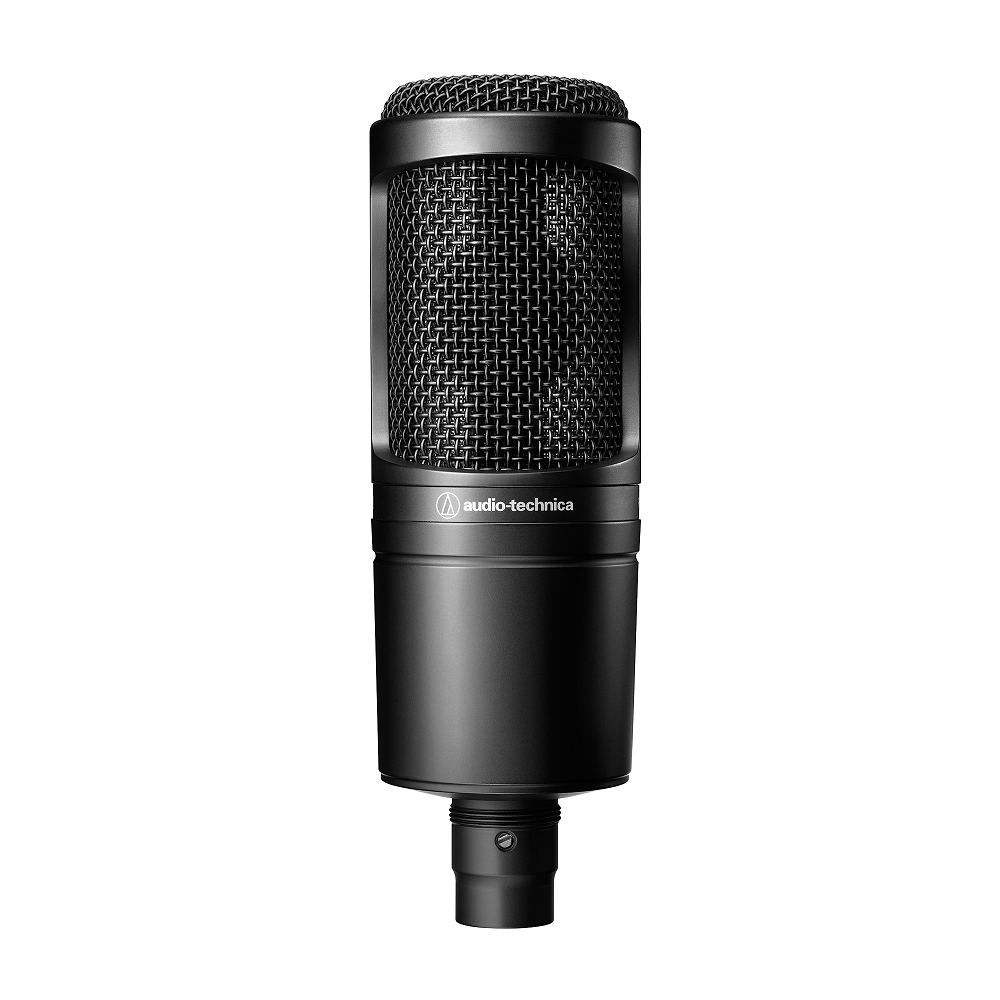
Top Dynamic Microphones
Shure SM58
The Shure SM58 is arguably the most iconic dynamic microphone available. Renowned for its excellent vocal sound reproduction, it has been a favorite among performers for decades. The SM58 features a frequency response tailored for vocals, allowing it to shine in both live and studio settings. Its rugged build ensures it can withstand the rigors of daily use, making it a reliable choice for gigging musicians.
The SM58 also has a built-in pop filter that minimizes plosives, ensuring clear vocal recordings. Whether you’re singing on stage or recording in a studio, this microphone offers great performance at an affordable price. Its durability, combined with its professional sound quality, makes it a go-to option for many artists.
Sennheiser e835
Another excellent dynamic microphone for vocals is the Sennheiser e835. It offers a warm sound with excellent feedback rejection, making it a great choice for live performances. The e835 is specifically designed to perform well in high-pressure situations, and its robust construction ensures it can handle the demands of constant use.
Its cardioid pickup pattern effectively captures sound from the front while rejecting ambient noise from the sides and rear. This feature makes the e835 highly versatile, suitable for both vocals and instruments. If you need a durable, reliable microphone that produces high-quality audio, the Sennheiser e835 is worth considering.
Top Condenser Microphones
Audio-Technica AT2020
The Audio-Technica AT2020 is a fantastic entry-level condenser microphone. Known for its affordability and quality, it suits a variety of recording applications, including vocals, acoustic instruments, and podcasts. The AT2020 features a wide frequency response range and low self-noise, allowing it to capture sound with remarkable detail.
As a side-address microphone, it offers ease of use and flexibility in positioning. Whether you’re recording in a studio or at home, the AT2020 performs admirably and provides professional-quality results without breaking the bank. Its excellent sound reproduction makes it a popular choice for beginners and experienced users alike.
Rode NT1
For those seeking a high-end condenser microphone, the Rode NT1 is an outstanding option. This microphone boasts one of the lowest self-noise levels among studio microphones, making it perfect for capturing delicate sounds without interference. The NT1 delivers a natural and smooth frequency response, making it especially suitable for vocals and acoustic instruments.
Its rugged construction and versatile design make it ideal for various recording environments. The NT1 also comes with a shock mount and a pop filter, which help achieve the best possible sound quality. If you are looking for a professional-grade microphone to elevate your recordings, the Rode NT1 stands out as an excellent investment.
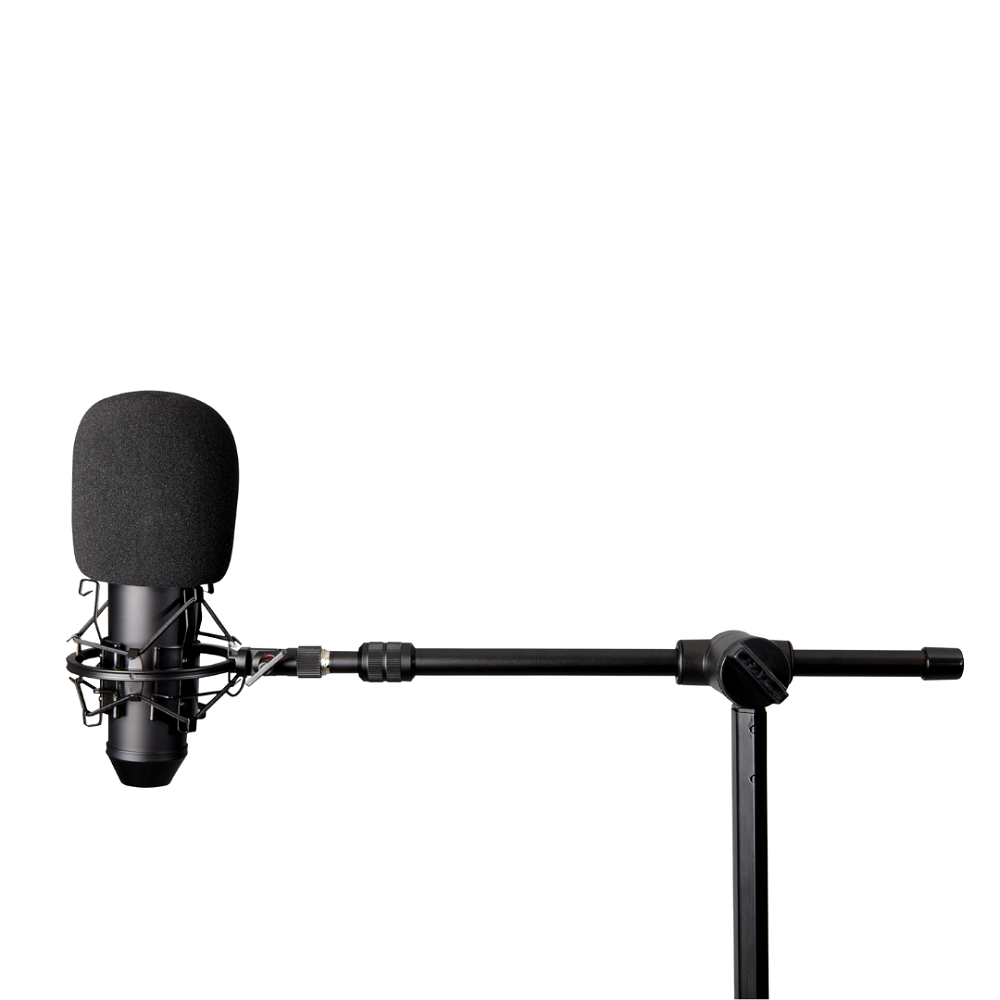
USB Microphones for Convenience
Blue Yeti
The Blue Yeti is one of the most popular USB microphones on the market. It offers exceptional sound quality and versatility, making it an excellent choice for podcasters, streamers, and content creators. The Yeti features multiple polar patterns—cardioid, bidirectional, omnidirectional, and stereo—allowing users to adapt to various recording situations.
Setup is a breeze, as it connects directly to your computer via USB, eliminating the need for additional audio interfaces. The Yeti also includes built-in gain control and a headphone output for real-time monitoring. If you’re looking for an easy-to-use microphone that doesn’t compromise on audio quality, the Blue Yeti delivers outstanding performance for any recording session.
Audio-Technica AT2020USB+
For those who prefer a USB option without sacrificing audio quality, the Audio-Technica AT2020USB+ is a great choice. This microphone combines the features of the acclaimed AT2020 condenser microphone with USB functionality. It delivers studio-quality sound directly to your computer while offering essential features like a built-in headphone jack and gain control.
The AT2020USB+ is particularly effective for vocal and instrument recording, making it a perfect choice for musicians and podcasters seeking high-fidelity sound. Its professional capabilities and ease of use make this microphone an attractive option for those entering the recording space.
Considerations When Choosing a Microphone
Purpose of Use
Before selecting a microphone, consider its intended use. Are you focusing on vocals, instruments, or both? If you primarily record vocals, a condenser microphone may be more beneficial. For instruments, especially percussion, a dynamic microphone might handle high sound pressure levels better. Knowing the primary use of your microphone will guide your selection process effectively.
Budget and Investment
Your budget plays a crucial role in your microphone choice. Prices can range significantly, from affordable entry-level models to high-end professional options. Decide how much you are willing to invest and look for microphones within that range that offer the best value for performance and features. Remember that a quality microphone is a valuable investment for anyone serious about audio recording.
Space and Acoustics
Consider your recording environment when choosing a microphone. If you’re recording in a room with excellent acoustics, a condenser mic might capture the subtleties beautifully. However, if you find yourself in a noisy or untreated environment, a dynamic microphone could provide better isolation. Understanding your acoustics will enhance the efficacy of your microphone selection.
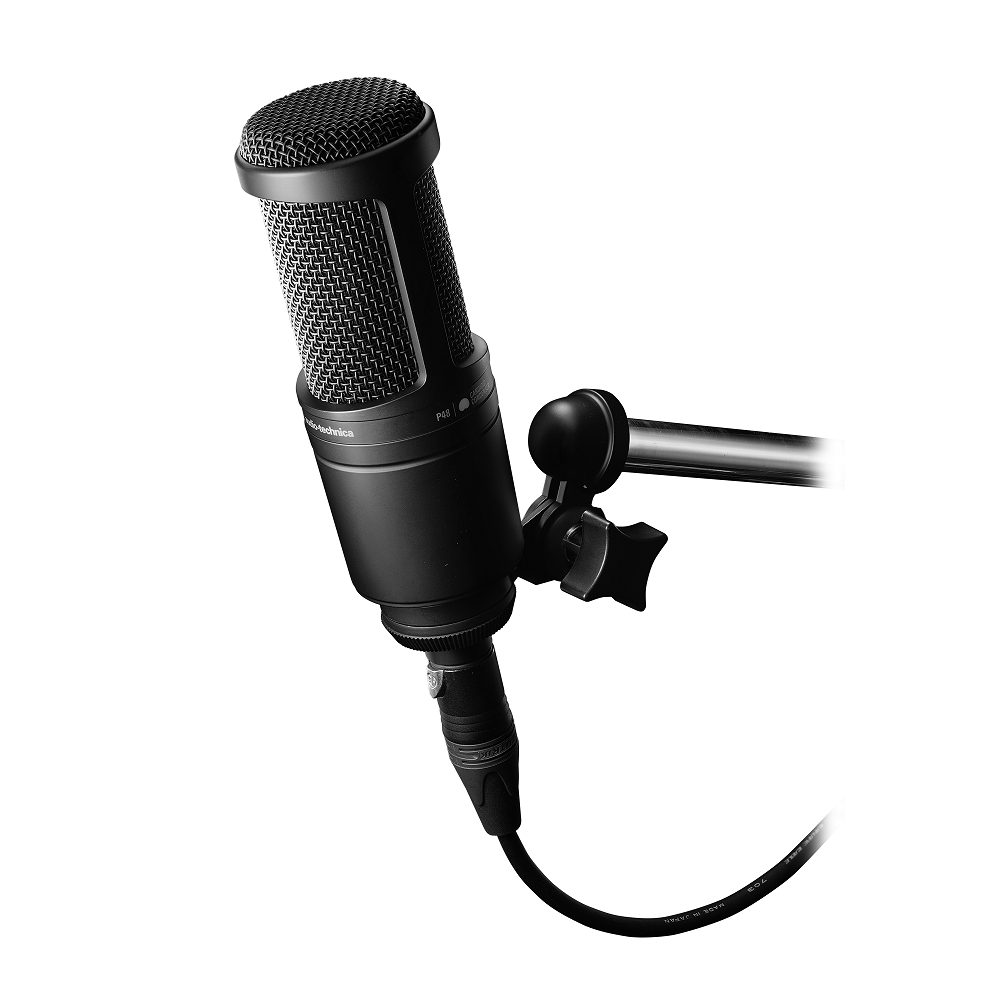
Popular Accessories for Microphones
Pop Filters
Pop filters are affordable and effective accessories that help improve vocal recordings. They reduce plosive sounds created by letters like “P” and “B,” which can produce unwanted bursts of air. Placing a pop filter between your microphone and your mouth can lead to clearer and more professional-sounding recordings.
Shock Mounts
Using a shock mount can significantly enhance audio quality by reducing unwanted vibrations and handling noise. A shock mount suspends the microphone within a frame, isolating it from vibrations transferring from the stand. This accessory is especially useful in environments where you might accidentally bump equipment or make noise nearby.
Microphone Stands
Investing in a sturdy microphone stand gives you flexibility in positioning your mic for optimal sound. Whether you’re recording vocals or instruments, a reliable stand lets you adjust height and angle, ensuring that the microphone captures audio effectively. A boom arm can offer additional reach and convenience, especially in studio setups.
Conclusion
Selecting the best recording microphone requires careful consideration of your specific needs and intended usage. Whether you opt for a dynamic microphone like the Shure SM58, a versatile condenser like the Audio-Technica AT2020, or a convenient USB option such as the Blue Yeti, each choice offers unique benefits that cater to various recording scenarios.
Understanding the different types of microphones, considering your environment, and investing in quality accessories will enhance your recording capabilities immensely. With the right microphone and equipment, you can capture high-quality audio, whether you’re a musician, podcaster, or content creator. Research your options, test different models if possible, and choose a microphone that aligns best with your recording goals. Your audio journey begins with a great microphone, so make your choice count!
